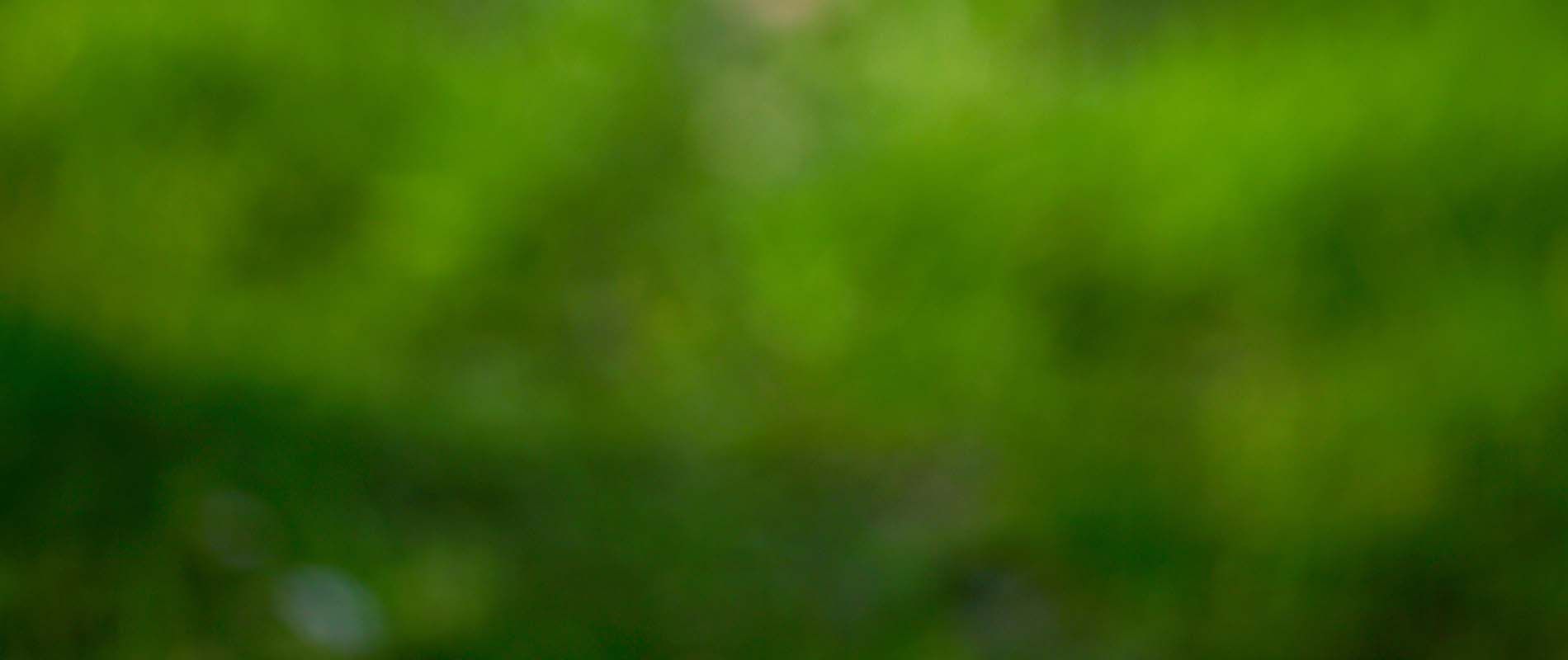Wood-Boring Ambrosia Beetles: Management Tactics to Reduce the Risk of an Infestation
Dr. Christopher Ranger - Research Entomologist·USDA Agricultural Research Service
The exotic ambrosia beetles Xylosandrus crassiusculus and Xylosandrus germanus are destructive wood-boring pests of trees growing in ornamental nurseries and tree fruit orchards. Beetles tunnel into the heartwood of trees, where they farm and consume their fungal symbiont. Signs of an infestation include sawdust noodles, defensive sap production, wilting, and branch dieback. A wide range of trees are attacked, but thin-barked deciduous trees are generally preferred. Host quality plays a crucial role during host selection. Beetles preferentially attack trees in the early stages of stress. Flooding/inadequate drainage and low temperature stress are the two most important stressors that predispose trees to infestations by ambrosia beetles. Ethanol-baited traps are effective for monitoring the flight activity of these Xylosandrus species ambrosia beetles. Conventional insecticides reduce attacks on vulnerable trees, but they do not provide complete protection. Optimizing tree health is the most effective and sustainable tactic to reduce the risk of an infestation.
Share This Post






